INSTAFUND LA PRIMA WIN BIG AT USA CRITS
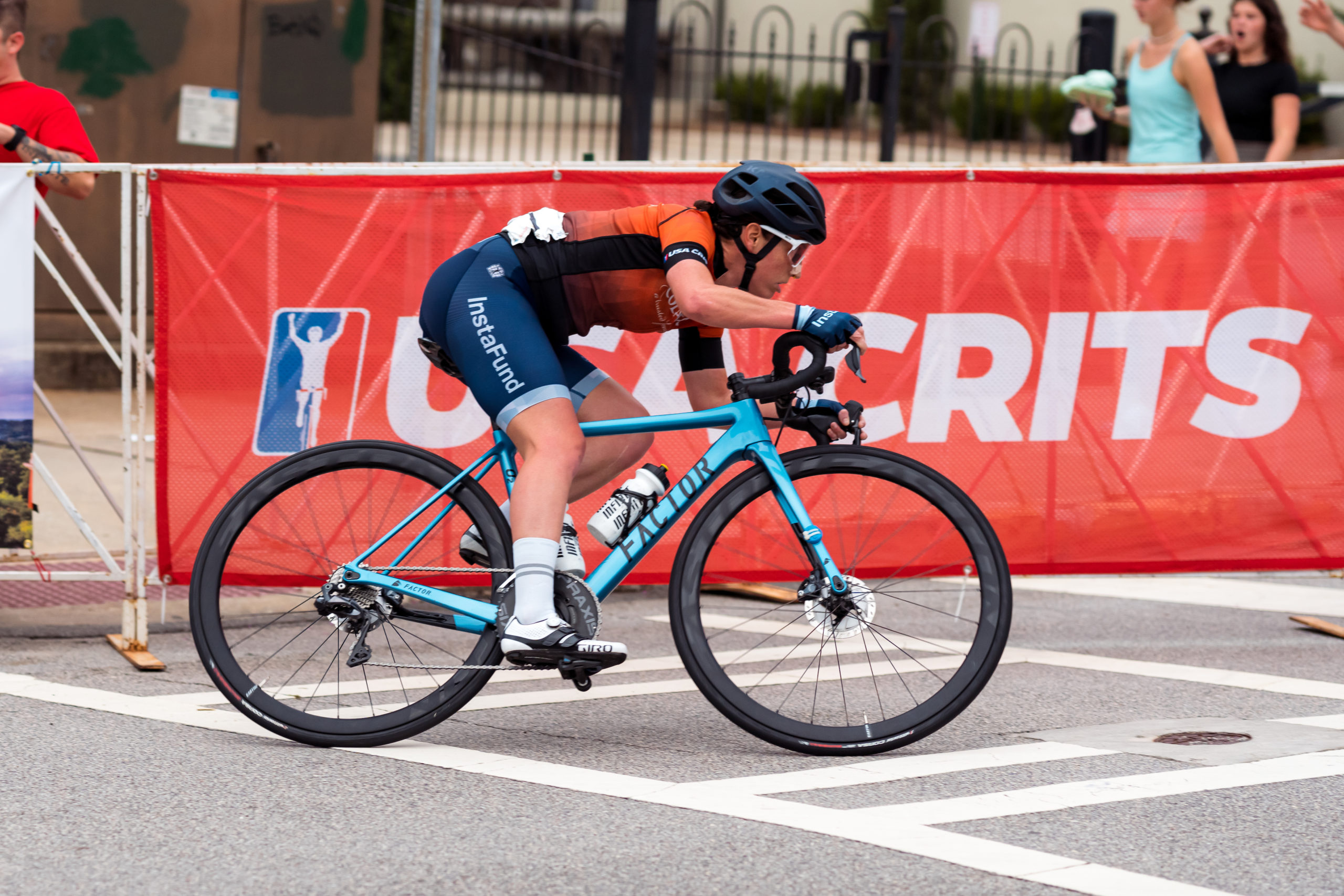
InstaFund La Prima Racing have had an incredibly action-packed summer of racing juggling their efforts between Europe and the USA. The team had big ambitions early season and nearing the end of the 2021 race calendar, they can be confident in saying that they’ve made leaps and bounds throughout. Having raced little through 2020, they’ve maximised their opportunities to travel abroad and race-race-race.
Their greatest success of the season was confirmed last weekend when Rachel Langdon stormed across the line in Winston-Salem – the final criterium of the 2021 USA Crit Series, to claim first overall.
Photography by Drew Coleman
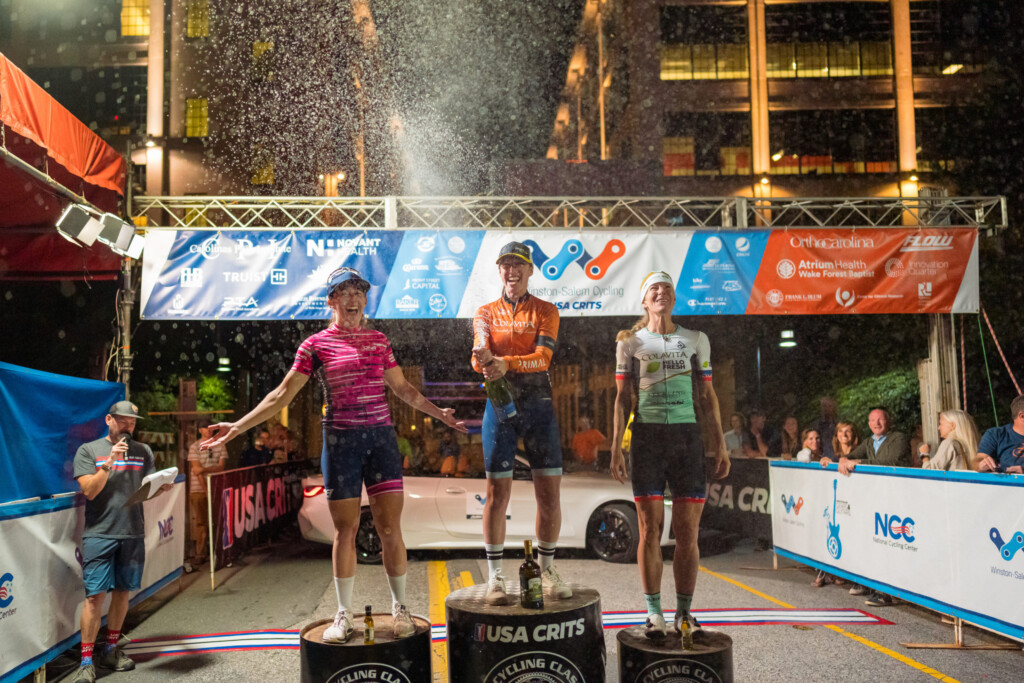
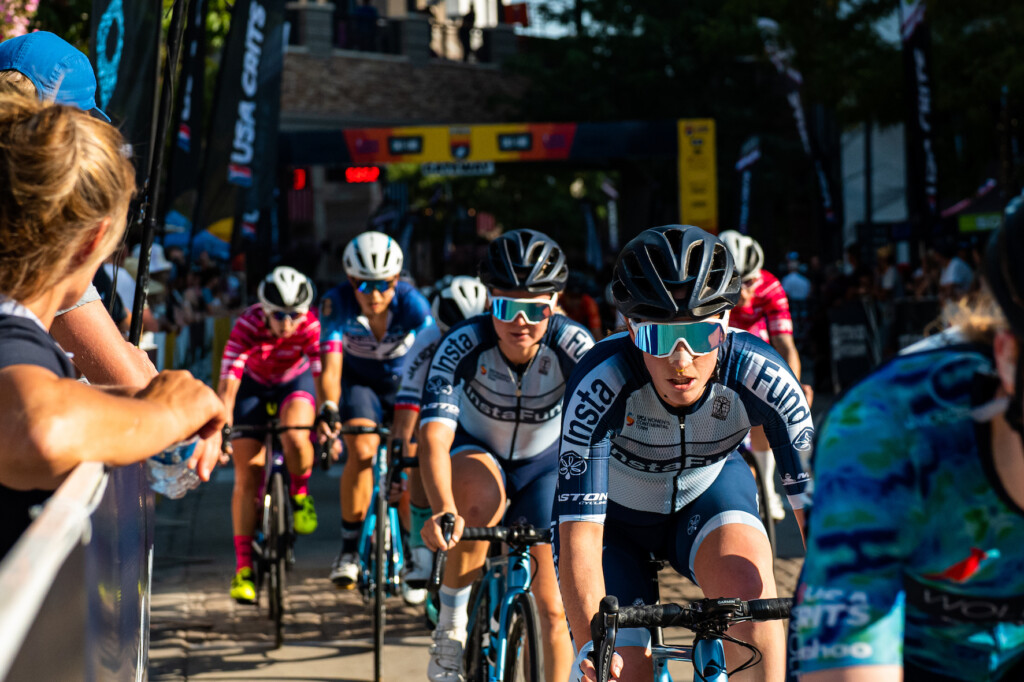
The USA Crit Series consists of ten of the USA’s toughest, most prestigious, entertaining criteriums countrywide, kickstarting in June in Oklahoma at Tulsa Tough and rounding out in North Carolina last weekend.
Each event attracts the fastest, most experienced criterium specialists, consisting of an hour to two hours of high-speed racing around a short, often technical circuit. Criterium racing requires great skill, tact, grit, consistency and of course, speed. Pair that with animated atmosphere with crowds of fans lining the circuit, live commentating and coverage. Live race entertainment doesn’t get much better for a spectator than at a USA Crit.

Langdon proved to be a woman to watch from early on in the series. Initially she was highly appraised for her selfless teamwork, guiding lead team sprinter, Harriet Owen to the line successfully on numerous occasions. Owen took the leadership reigns in her stride, taking consecutive victories in Salt Lake City criteriums – number three and four in the series that saw her claim the prestigious orange leader’s jersey. Key compatriot, Langdon consistently also highly placed, right in the mix on every occasion. When Owen unfortunately started to feel the efforts of a worsening earlier season concussion, Langdon took over the lead and Owen was soon after forced to withdraw from the series, with her health and wellbeing taking priority.Although missing the support and camaraderie of Owen and many of her teammates who were taking it to the peloton in Europe, Langdon’s consistency, dogged determination and ability to persistently land herself a great result, left her on top of the standings when it really mattered.

Here, Rachel Langdon and Harriet Owen, share their thoughts on their success in the USA…
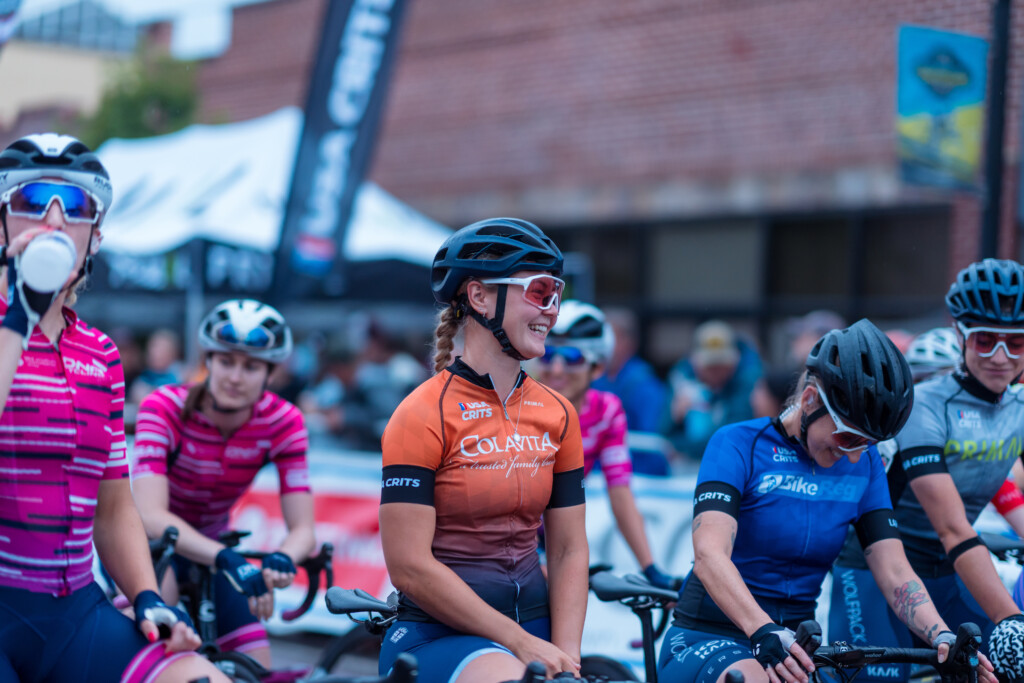
Can you summarise your race season this year?
Rachel:
The year began with apprehension and uncertainty, but flourished into a season of intense, competitive racing, turning into the most exciting season I have been a part of. As a rider, I worked extremely hard over winter and came into our early season European racing block the fittest I have ever been. I was then able to carry that over into the summer, gaining some speed needed for American crit racing.
Harriet:
Personally, my season was a battle. It got off to a terrible start after being taken out on team camp and sustaining a concussion. I did a couple of races with the team in Europe which were a great experience, but I wasn’t quite where I needed to be at that point. Things looked a little brighter and I travelled to the US via Mexico for a couple of months of crits to try and have some fun. I never anticipated it being such a successful season, but Rachel and I worked really well as a duo, and we exceeded all expectations.
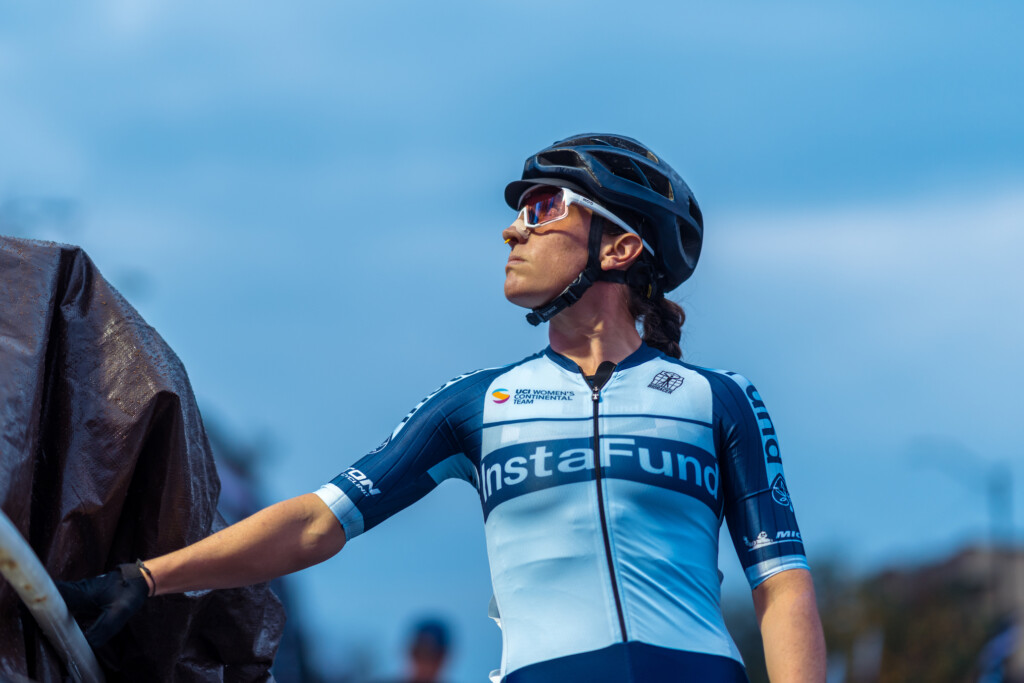
It must have felt great to return to the USA Crit series and with such a strong criterium team?
Rachel:
With the signing of Harriet and Caroline Baur for the 2021 season, alongside some strong returners, I was itching to test the team in some of the biggest crits in the USA. I was super confident in our ability as a team, to work together and be able to throw down, put pressure on other teams and celebrate some great results.
Harriet:
When I signed for InstaFund back in August 2020, I knew that our squad would be really strong in both road races and crits, so that gave me extra motivation to train for this season.
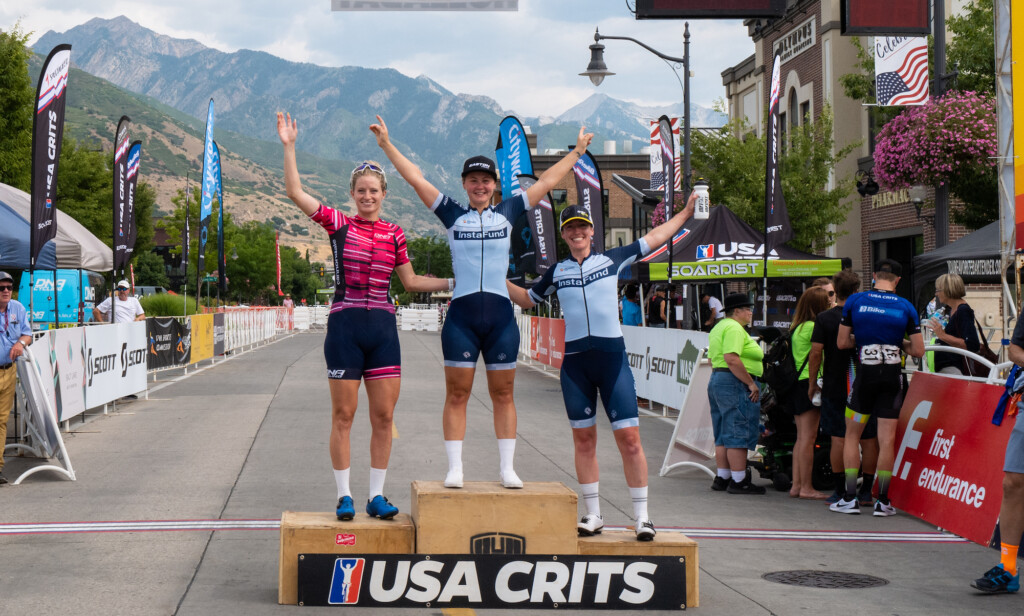
What do you enjoy most about the USA crit scene?
Rachel:
Nothing comes close to the electric atmosphere of the USA Crit scene. The crowds, the speed and the constant battle between true competitors. I love that every person comes ready to race and there is no time to let off the gas. It has been great to race and experience some of the most unique cities in the USA.
Harriet:
The atmosphere! It is like no other. It’s fun, fast, competitive, and friendly.
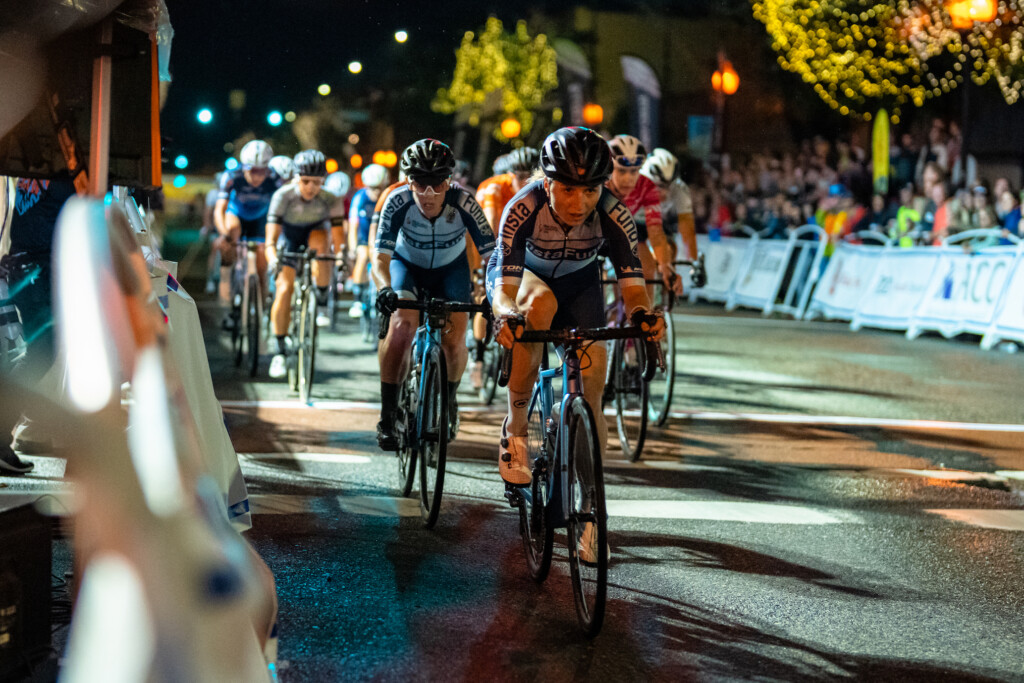
Highlights throughout the series?
Rachel:
My highlight without question would be the Salt Lake City weekend. I have never visited SLC, so wasn’t sure what to expect. With mountains in view, it was a fantastic venue and our hosts even had a team flag flying for our arrival. But mainly because we finally nailed a lead-out and Harriet was an unstoppable force, taking the win both days. It was a pretty special moment to defend the leaders jersey for the first time on Sunday and share the podium with her to go 1st and 3rd on the day.
Harriet:
Tulsa Tough is always the craziest crit series of the year. The crowds and the atmosphere are amplified over that weekend and the level of racing really steps up a level. But the Salt Lake City weekend, where we won back-to-back USA Crits, was so special. Rachel and I nailed the lead out both days and we were able to share the podium together which is something I’ll never forget.
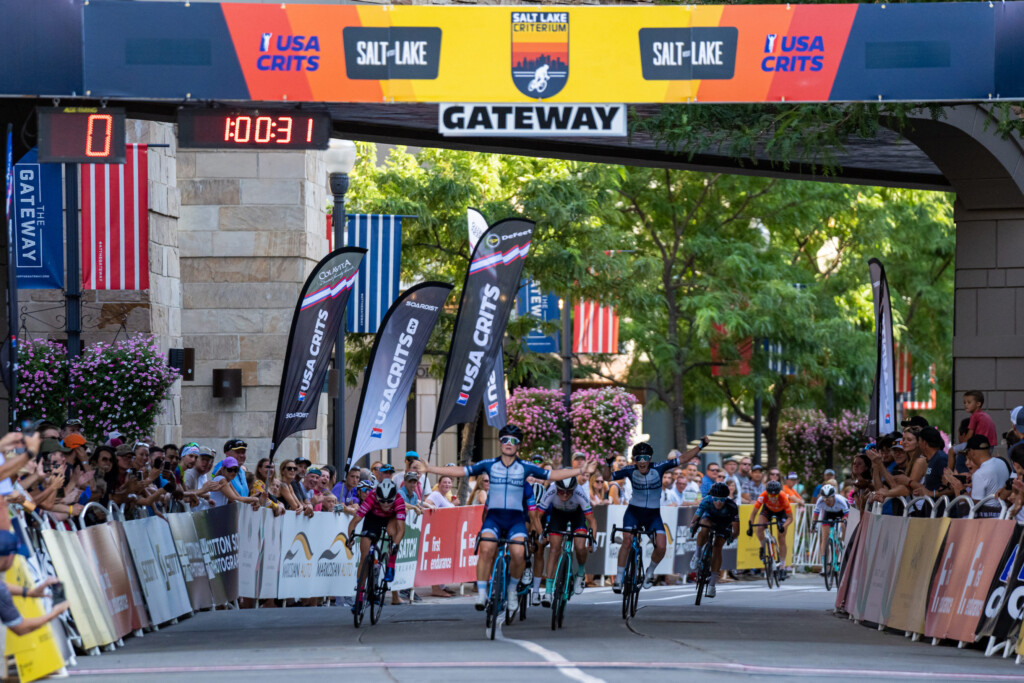
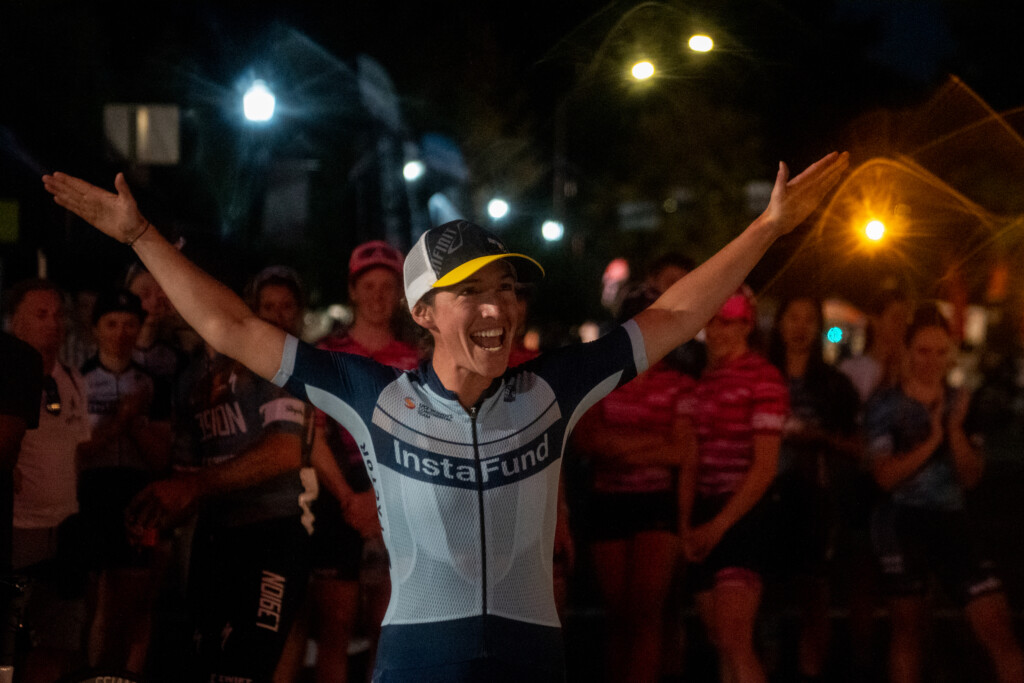
How did it feel to win the overall?
Rachel:
Honestly, the overall was not something we had set our sights on. We had set out to get some wins and with the USA Crits often coming down to a sprint finish, we were confident that if we worked well together, we could do that with Harriet. I was happy to be the loyal Lieutenant in helping make that happen. It was devastating when Harriet had to return to England early and not finish the series. It was certainly the right decision, but she actually deserved the jersey more than anyone. When it was left to me to finish the series off, I doubted whether I was a worthy wearer, but knew I had to dig deep and finish off the strong summer we had started. I owed it to my team, my teammates and to myself to leave it all out there each race and make it happen. It took an army; the team, teammates, support staff, sponsors, friends and family. They all played a pivotal role in landing the top step at the end of the series. The actual feeling of winning was that of elation, some relief, and sheer joy.
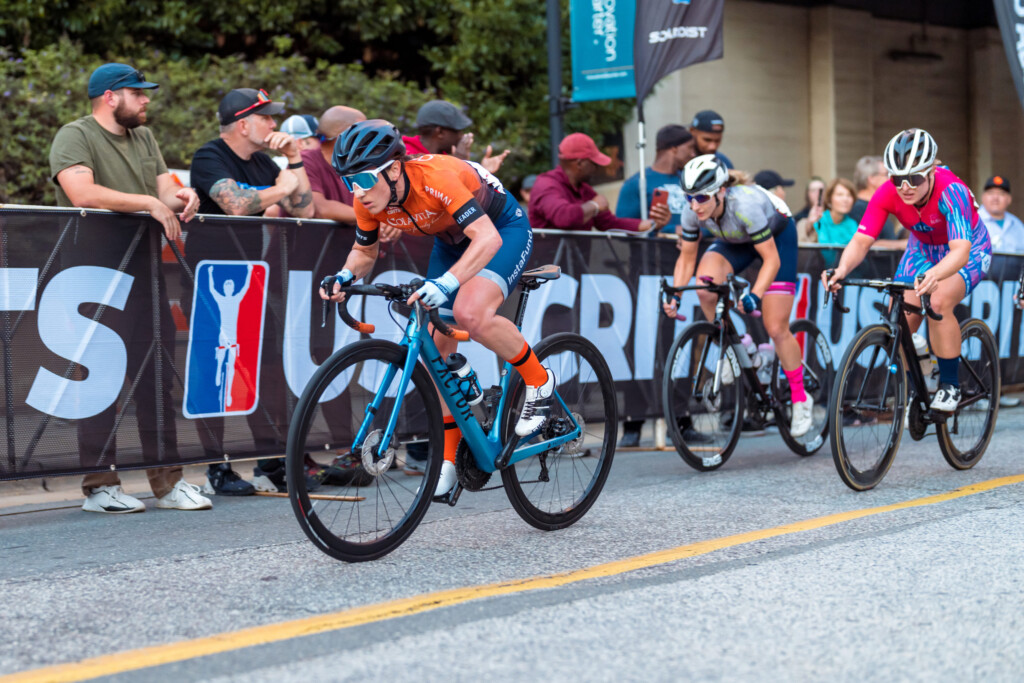
How did you handle the pressure of wearing the leader’s jersey going into your final race in Winston Salem?
Rachel:
The turning point of confidence to bring this jersey home was at Spartenburg and Athens, renowned for being two of the most fast, furious and sometimes dangerous races on the calendar. After having a strong showing at both of those, I was hopeful. I had built a healthy lead in points, but anything can happen in bike racing. Winston-Salem is one of my favourite courses, including an eight corner technical circuit. I admit I did feel the pressure, but I was excited. I had a job to do and focused on the process of staying in good position and keeping safe.
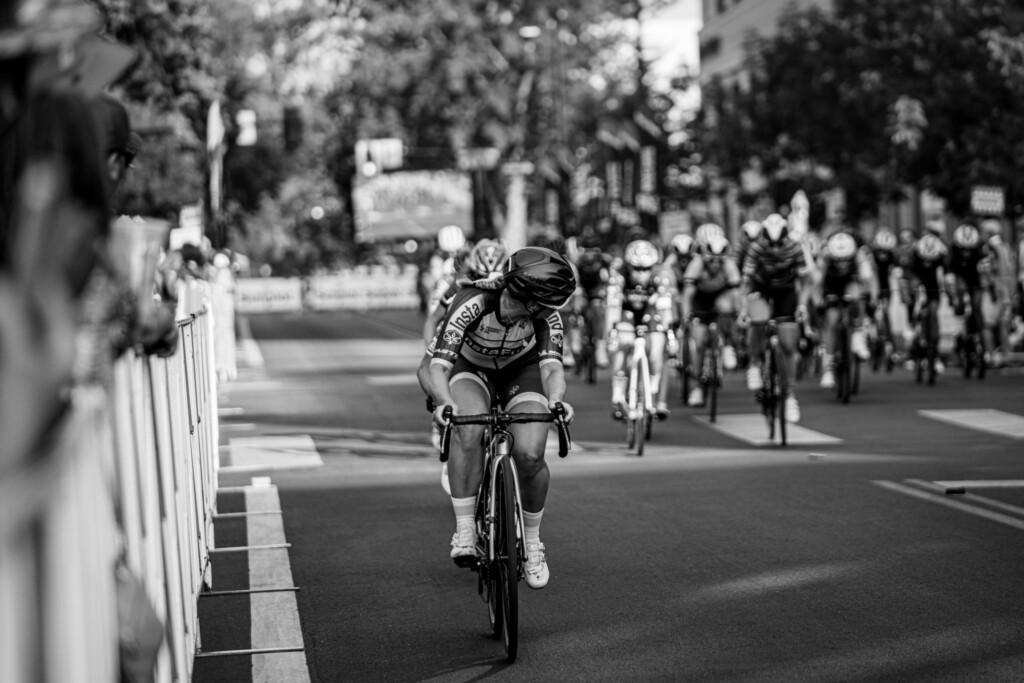
Most challenging moments throughout the series?
Rachel:
I would say two of the most challenging moments was when Harriet made the very difficult decision to end the season early after continuing to suffer from concussion symptoms. Another was the final block of racing and finishing strong. In three weeks, I raced 10 race days, drove 30 hours and travelled to Europe.
Harriet:
The heat was HARD. It seemed like every USA Crits round we went to; the sun was really blazing which adds another element to the racing.

How did you manage to continue to excel, even when you had few teammates for parts of the series due to InstaFund’s double race program?
Rachel:
When racing with fewer teammates, you become way more strategic and must pick and choose your battles. The key for us was being more patient, racing smarter and picking the most dangerous moves to follow.
Harriet:
Rachel and I actually both raced in Europe too this summer. Rachel was on the team for all the big European races, and I did a couple of races in the Spring. Our tactics didn’t change too much, whether there was one or five of us, we all raced smart and fiercely.

How did you manage to continue to excel, even when you had few teammates for parts of the series due to InstaFund’s double race program?
Rachel:
When racing with fewer teammates, you become way more strategic and must pick and choose your battles. The key for us was being more patient, racing smarter and picking the most dangerous moves to follow.
Harriet:
Rachel and I actually both raced in Europe too this summer. Rachel was on the team for all the big European races, and I did a couple of races in the Spring. Our tactics didn’t change too much, whether there was one or five of us, we all raced smart and fiercely.
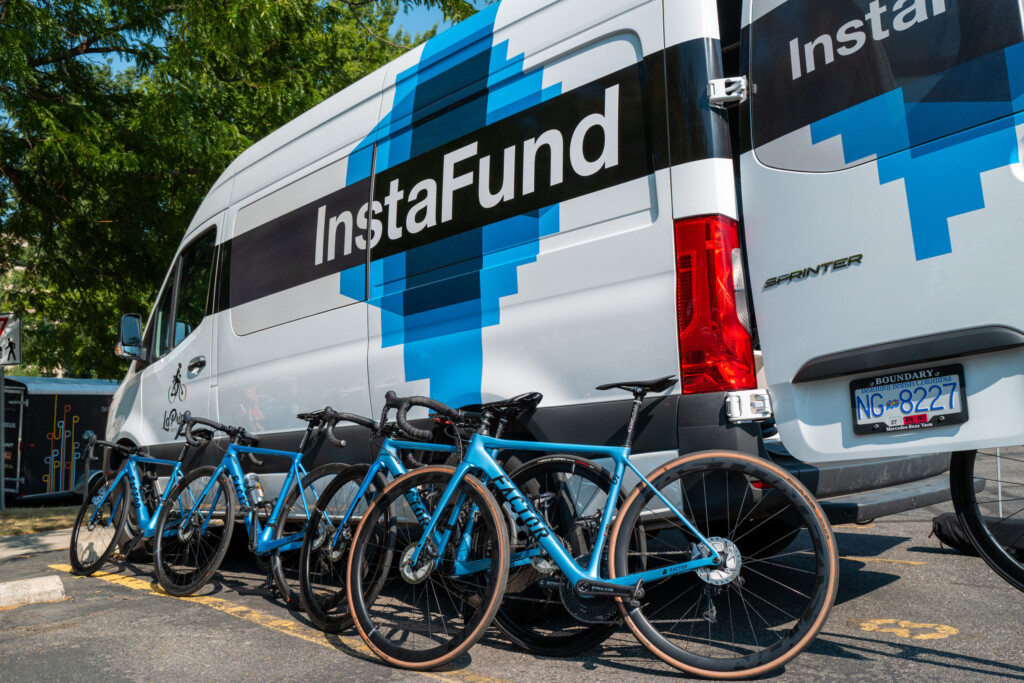
You were quite the duo throughout the series – Can you share how you used each other’s strengths and worked together to achieve what you did?
Rachel:
Harriet is the fastest sprinter I have worked with, so I was super excited to have the opportunity to cover moves and help set her up for the finish. I often hold a good position, but just don’t have the out and out sprint. We used to laugh because even as competitors, Harriet often followed my wheel as I inadvertently gave her a great lead-out, so getting to actually plan to do that as teammates was really fun and we worked great together.
Harriet:
We had only raced together twice the weekend before the first round in Tulsa, so we were on a steep learning curve to figure out how to work well together. We both love to race aggressively, but also have strengths and weaknesses that allowed us to rely on each other when needed. We were never scared to go head-to-head against the bigger teams and lay it all out on the line to try and be successful and I believe that’s really what gave us the edge this season.
How does your Factor O2 handle crit racing?
Rachel:
There is not a crit course, high speed mountain descent or gravel sector that I have had to think twice about on the O2. Nimble and responsive – I immediately felt comfortable leaning this bike over in corners!
Harriet:
Being a sprinter, I think most people would expect me to be on the ONE, but the O2is such a versatile bike, that it stands up in a crit incredibly well. It’s very responsive under pressure and handles incredibly, which is exactly what you want in a criterium.
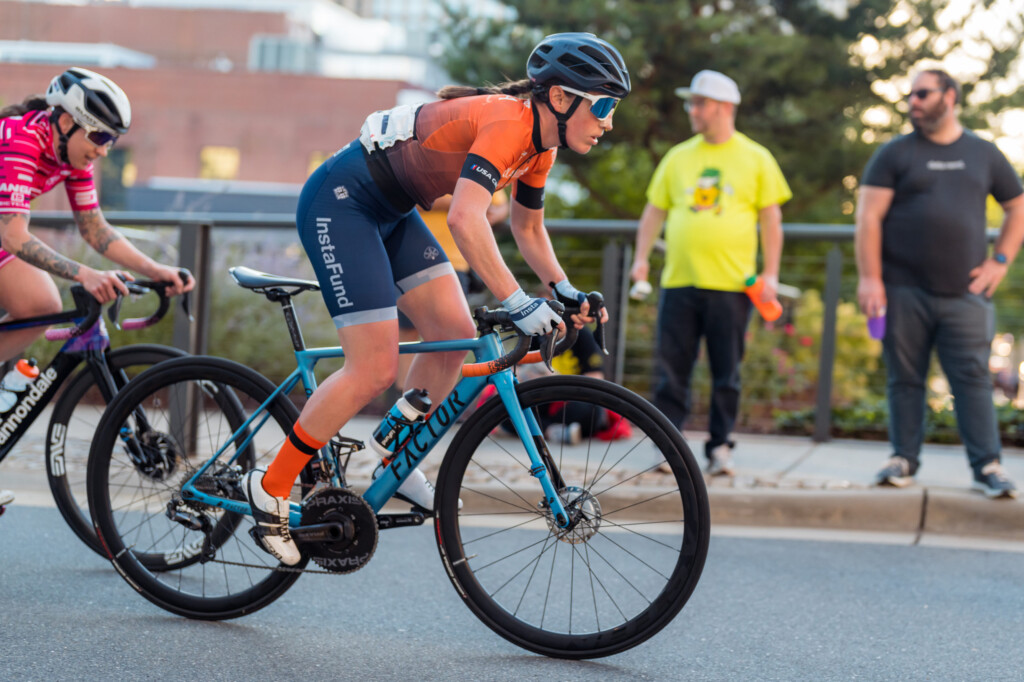
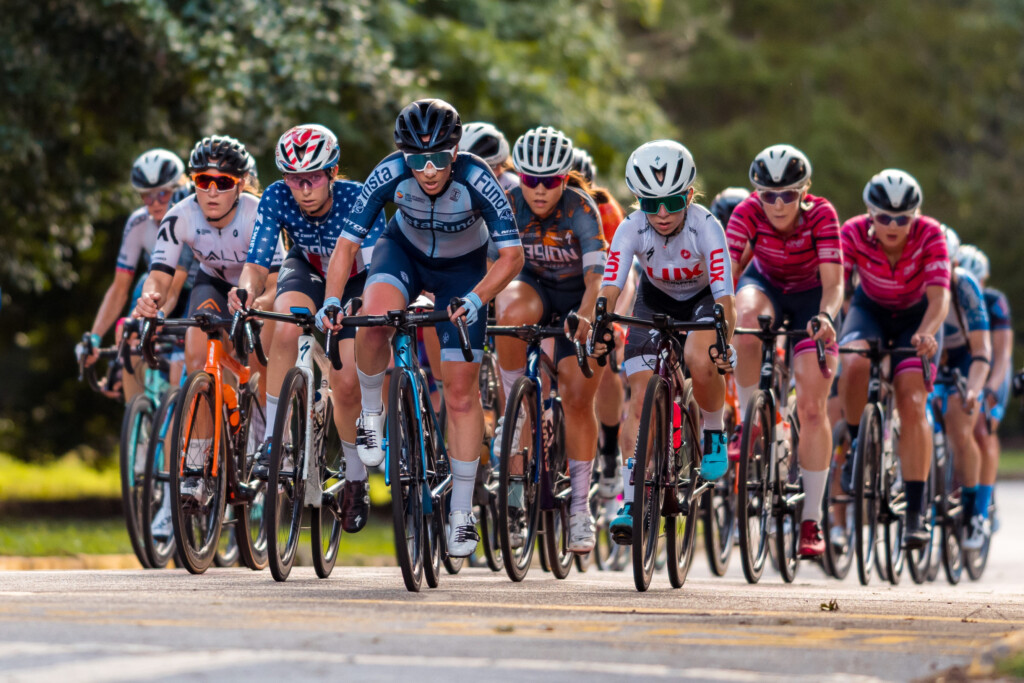
What do you prefer: Road or Crit racing?
Rachel:
I really do love both, and I believe it is important to invest in both, so neither fizzle away. Crit racing showcases an incredibly high paced, technical and intense aspect of racing that I thrive on. Road racing is a true test of patience, endurance, and race strategy. In both road races and crits, you have to fully commit to your teammates in order to be successful – that is what truly drew me into cycling.
Harriet:
That’s a tough one; my strengths as a rider are really suited to crits, but I love road racing and wish I could’ve done more this season.
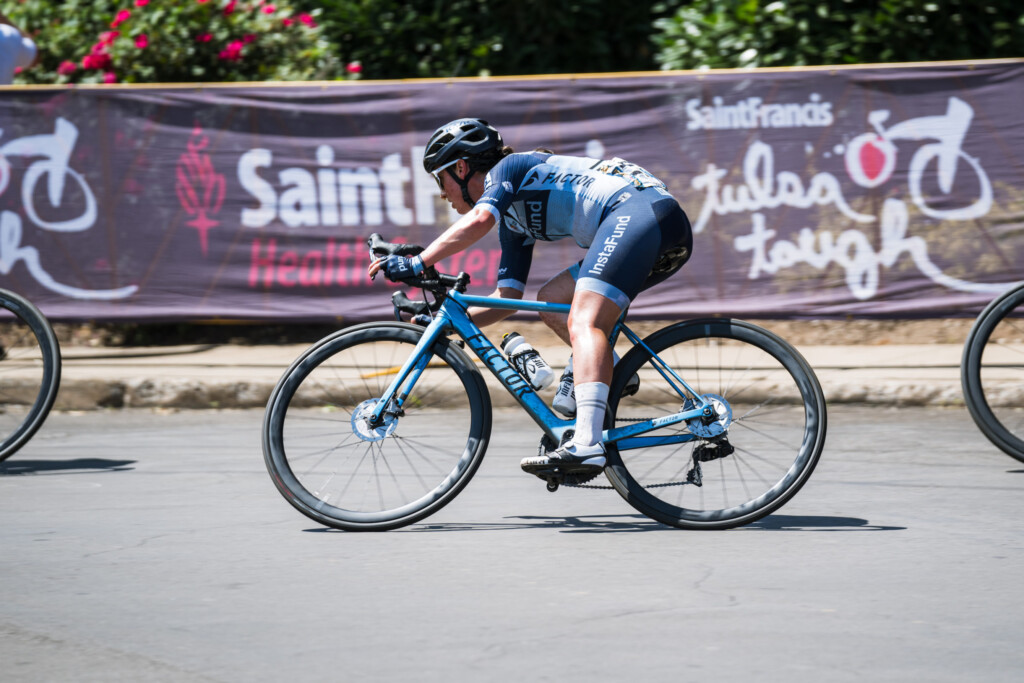
What’s next for you this season?
Rachel:
I am now back in England preparing for British Nationals in mid-October, then look forward to some well-earned rest. I have been racing since February, travelled to 8 different countries, and have driven the team van over 17,000 miles since June. I am really looking forward to some quality time with my family.
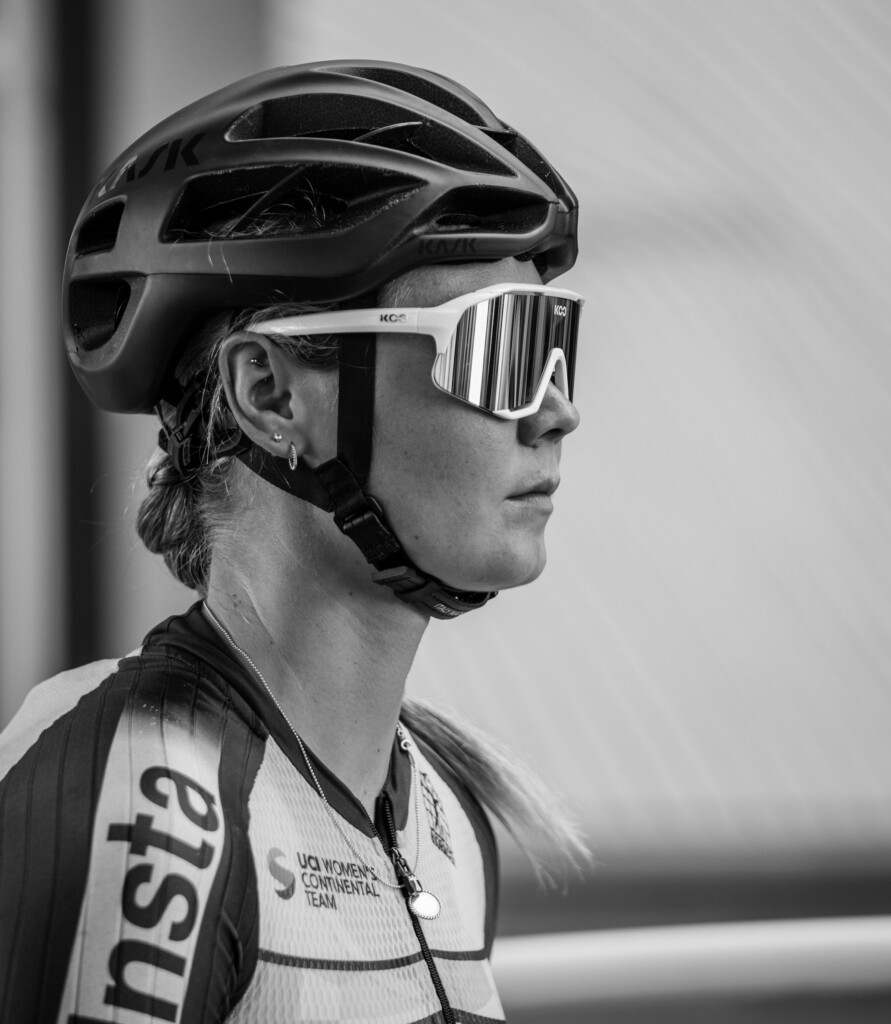
Can you share some thoughts on recovering from your concussion – The challenges faced, realising you needed to stop racing and where you’re at now?
Harriet:
I think there is a real lack of information and help regarding concussions in sport in general, let alone in cycling. There are so many unknowns on recovery time, what helps and what doesn’t help recovery, how active you can be post-concussion, when you should return to sport, etc. that it is really difficult for there to be an end in sight as no concussion is the same. I sustained my concussion back in March and seven months later, I’m only now beginning to see improvements. I took some time off immediately after the concussion and again a few months later before travelling to North America. I chose to return to racing in the US as my symptoms had improved and I was managing my symptoms in the early few races, but there was a point when there were more bad days than good and at that point I knew it was time to make the hard decision to stop racing. I returned to the UK and stopped all high and moderate intensity exercise for 4.5 weeks, took day-to-day living very slowly, drank a lot of juices, ate a tonne of fruit and vegetables and I am finally starting to see improvements. It’s definitely a long road to recovery ahead, with no current timescale, but I’m happy to start feeling like me again.
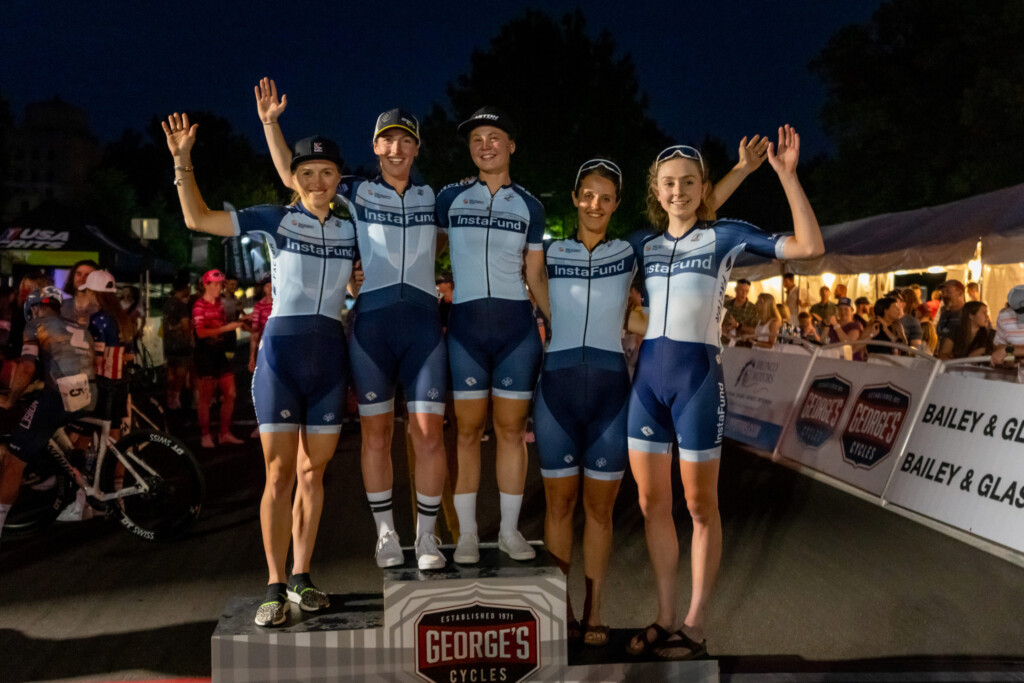
latest news…

© 2025 Factor Bikes. All rights reserved / Privacy Policy |Terms
